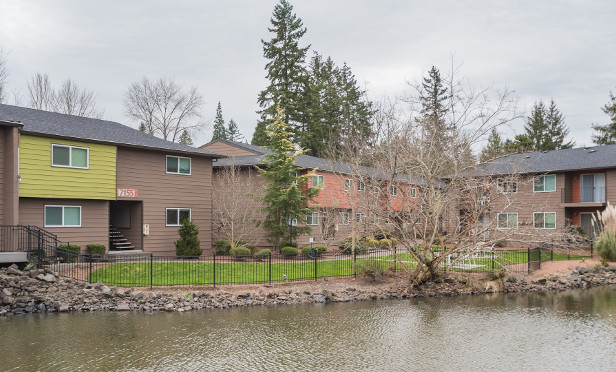
SAN DIEGO—Millennials have definitely been drawn to urban living, but certain drivers—among them younger families, schools and larger common-area spaces—will drive some of the “older” Millennials back to the suburbs, Pathfinder Partners' senior managing director Lorne Polger tells GlobeSt.com.
Recent data shows this to be a trend, so multifamily owners and developers are moving in that direction too.
Polger notes that as Millennials age and have families, the suburbs offer a more cost-effective option. With this in mind, his firm has snapped up a number of suburban multifamily properties recently—including the Habitat in Portland, OR; Aria in Phoenix; and Cedardale in Federal Way, WA—and is eyeing similar acquisitions in the future.

GlobeSt.com: Have you noticed more activity in suburban areas?
Polger: We currently have 14 suburban properties in our portfolio and have experienced very strong occupancy in most of our suburban properties. We expect these strong demand trends to continue, especially as Millennials age and have families. Given the significant rent increases that have occurred over the last several years, we are beginning to see affordability become a key consideration in our markets across the western US.
GlobeSt.com: With the walkability and entertainment options typical in the urban core, why would buyers be looking in the suburbs?
Polger: There has been a high concentration of development in the urban sectors since new construction began to increase in 2012. We believe there is a growing sentiment that this may be overdone, and certain drivers–among them younger families, schools and larger common area spaces—will drive some of the “older” millennials back to the 'burbs.
GlobeSt.com: Is value-add still attractive to suburban buyers?
Polger: Absolutely. There is an extensive amount of '80s- and '90s-vintage product that has not yet been modernized. Our strategy has included renovating and rebranding multifamily communities, which stalled during the economic downturn, as well as upgrading apartment buildings built in the 1970s, '80s and '90s. Given the significant gap in asking rental rates between newer urban and older suburban product, we think there is room for significant rent growth through a modernizing value-add program to both unit interiors and common areas.

GlobeSt.com: Any predictions for multifamily as we prepare for a new year?
Polger: We believe we will see a continuing trend toward investment in the more affordable sector of multifamily. The vast majority (well over 90%) of all new deliveries over the last five years have been in the class-A/luxury space. At some point, affordability comes into play for tenants. We're starting to see that now with some weakness, and correspondingly, concessions with newer, class-A product. We have not seen that in the class-B and class-C space, and we don't forecast it anytime soon.
GlobeSt.com: What do you see as some of biggest changes/trends in multifamily going forward?
Polger: Higher interest rates will likely put pressure on cap rates. As a result, we do not expect to achieve returns through cap-rate compression. So, profit will need to be achieved in multifamily primarily by growing net operating income. This will mean a focus on both rent growth and moderation of expenses. We think that strategic and thoughtful management will be equally important as physical value-add programs.
© 2025 ALM Global, LLC, All Rights Reserved. Request academic re-use from www.copyright.com. All other uses, submit a request to [email protected]. For more information visit Asset & Logo Licensing.







